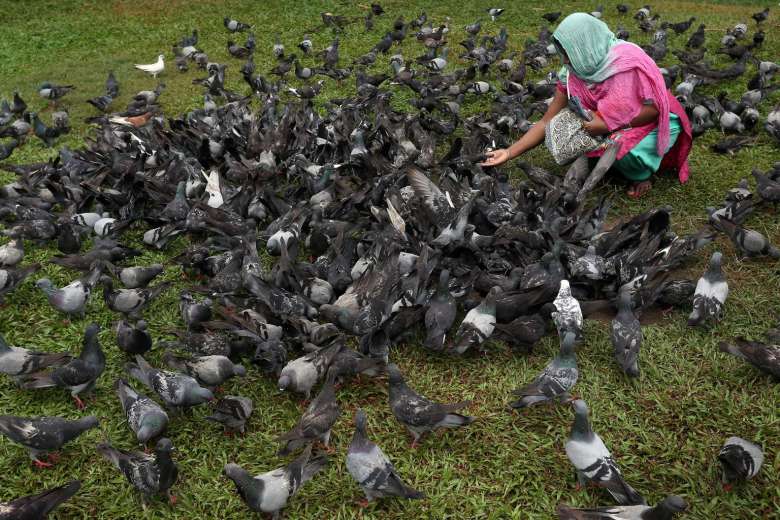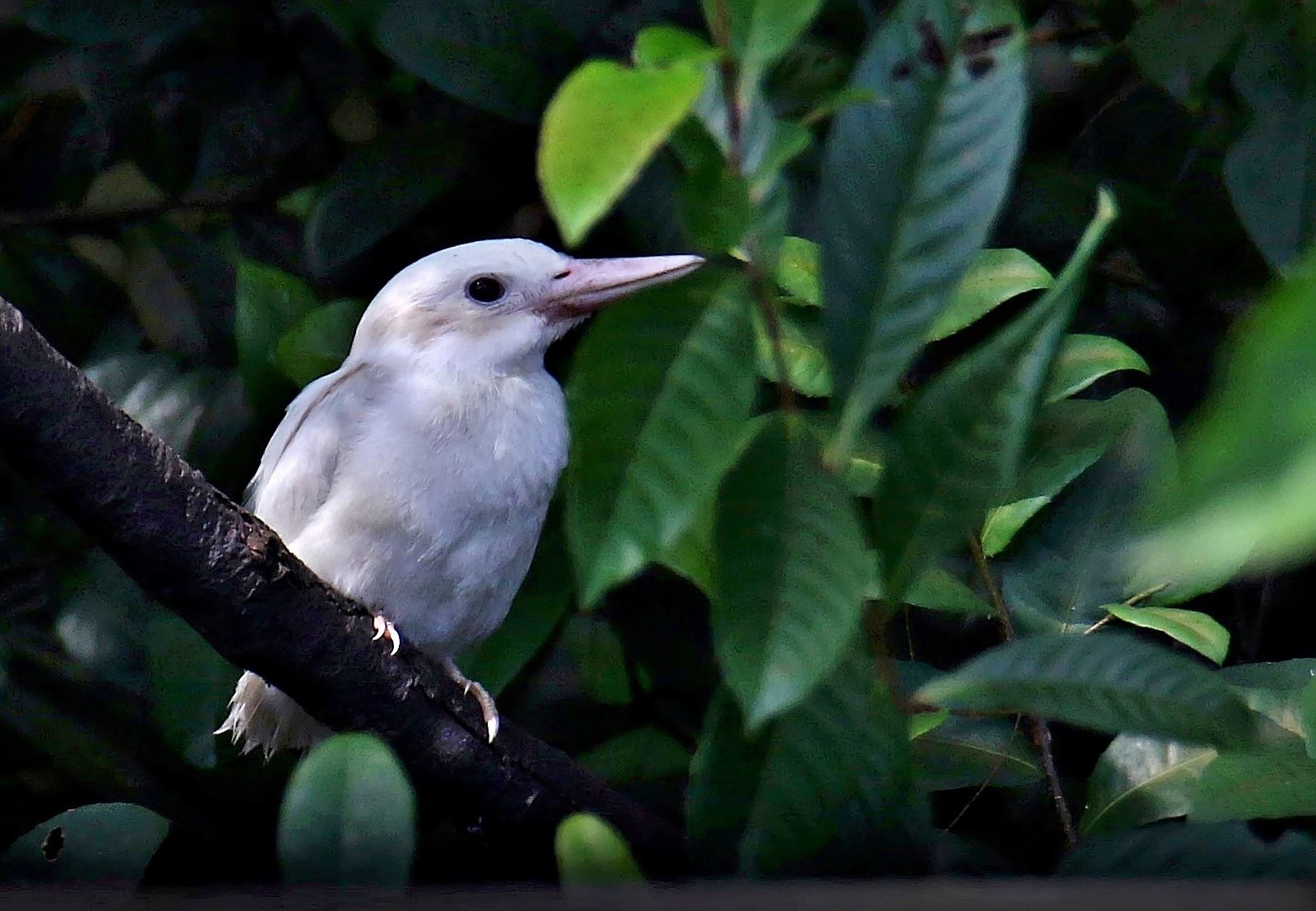Singaporeans Regard Pigeons As Pests While An All-White Kingfisher Gets VIP Treatment
Two men made headlines recently after being fined $1500 and $450 for feeding pigeons on Monday (2 Jul).
According to the Agri-Food & Veterinary Authority of Singapore (AVA), offenders caught feeding pigeons may be issued fines of up to $500, under the Animals and Birds (Pigeons) Rules.
Yet, over at East Coast Park, another bird is getting a completely different type of attention.
First discovered last Wednesday, an all-white Kingfisher has been the talk of the town among nature enthusiasts, attracting 30-50 photographers daily.
Quite the difference in treatment eh?
Here are some quick pigeon facts that will shed some light on why they are viewed so differently by Singaporeans.
Poisonous droppings
Nicknamed “rats with wings”, pigeons are known to transmit a wide range of diseases through their droppings.
Germs and viruses in the droppings may become airborne after they dry and infect surrounding humans.
Pigeon droppings are also acidic in nature, and can cause damage to buildings.
Seems like we’ve done a pretty good job justifying our hate for pigeons.
So what makes this white Kingfisher worth all the attention?
Why the hype?
Kingfishers are normally known for their giant beaks and strikingly bright colors.
But in extremely rare circumstances, they may appear white as a result of a condition called Leucism.
Leucism reduces the colour pigments in the bird’s body, causing parts of the bird’s body to turn white.
In most cases, only the bird’s feathers are affected, while the body remains its natural color.
The Kingfisher chick is expected to stay with its parents for a few more weeks, before leaving to find its new home.
So if you’re thinking of catching a glimpse of this elusive creature, do it fast!
Has anything been done?
Given how harmful pigeons (and their droppings) are, it really shouldn’t come as a surprise that the government wishes to control the pigeon population in Singapore.
Just earlier this year, ChannelNewsAsia reported a sharp rise in the number of pigeon-related complaints, from 4,100 in 2016 to 5,500 cases in 2017 — a 34% increase.
The government has experimented with various methods over the years to curb the pigeon population in Singapore, with varying degrees of success.
In 2016, birth controls were introduced to prevent female pigeons from laying eggs, or lay eggs that do not hatch.
Foul-smelling gels have also been placed in pigeon-infested neighborhoods to keep pigeons away.
Has anything been done?
We can’t speculate on why there seems to be a discrepancy in the treatment of wild birds depending on their breed.
However, with recent efforts to clamp down on our local pigeon population, the government’s stance on the matter seems pretty clear.
Do you think the government’s actions against pigeons are justified?
Let us know in the comments below.
Featured image from Ron Yeo and Lian Yee Ming.







